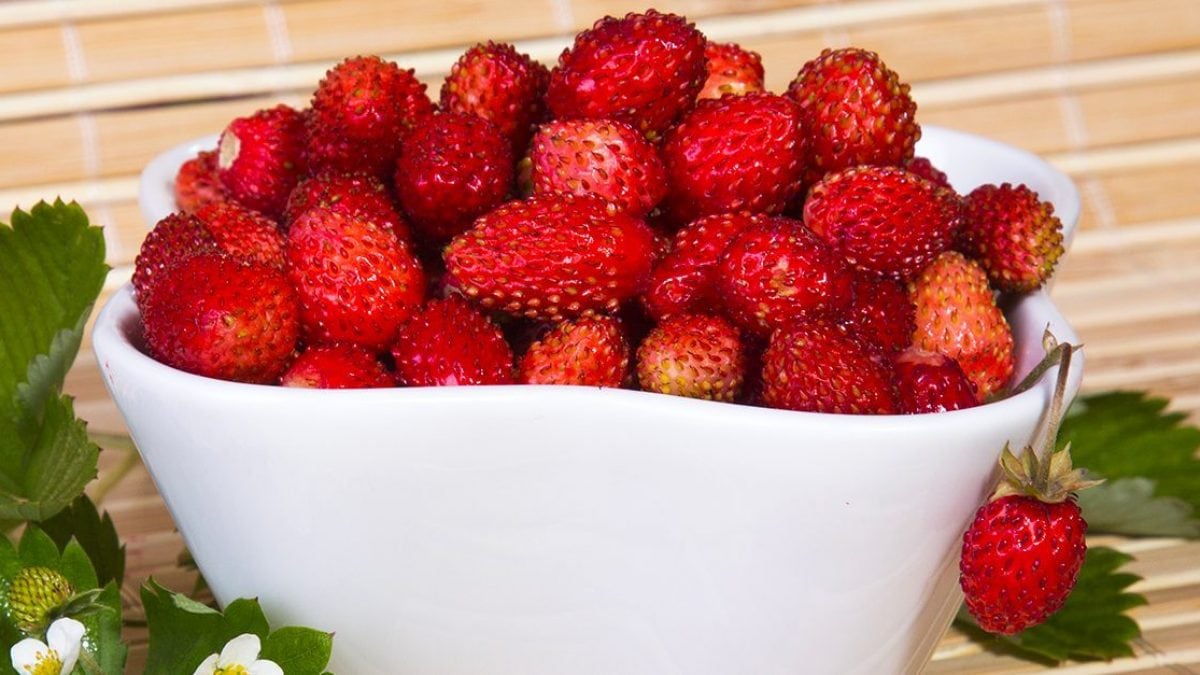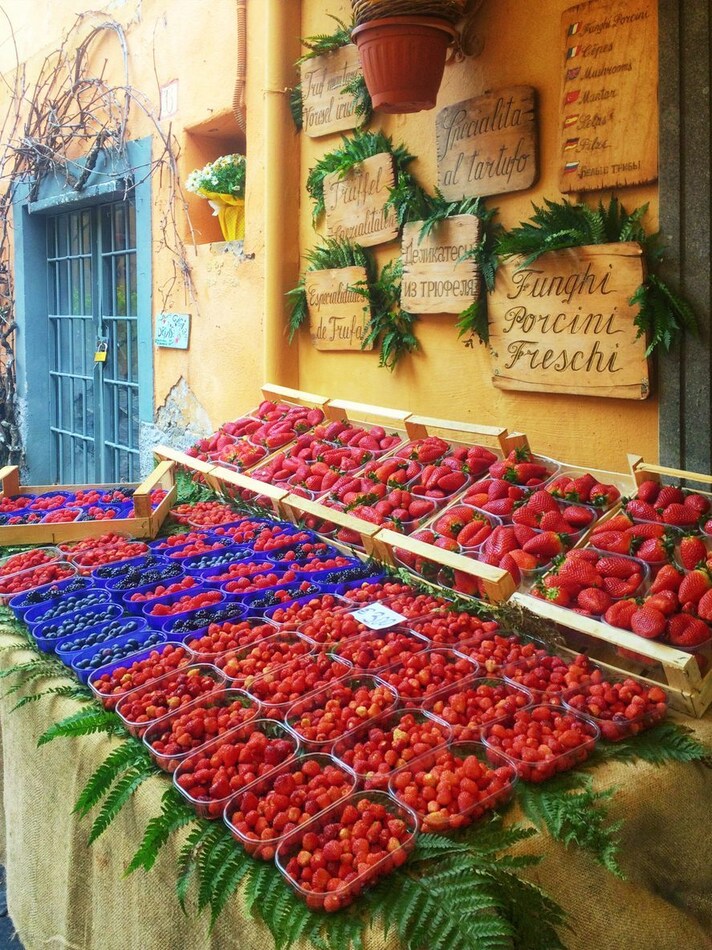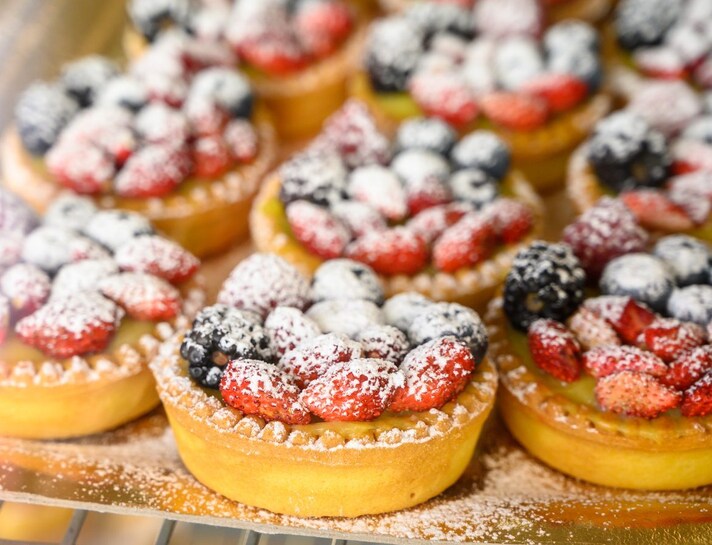
Nemi is a charming village located on the Alban Hills, in the heart of the Castelli Romani, a few kilometers from Rome. Overlooking the volcanic lake of the same name, the town has become famous not only for its flowers, but above all for its strawberries, small and very fragrant, celebrated every year on the first Sunday of June in a festival that in 2025 reaches its 100th edition. Their presence in the area, however, is rooted much more in the past, between legends and popular cults that come from ancient Rome: to tell the story of the Nemi strawberries, in fact, even a very famous goddess is "disturbed".
Origins: History and Legends
The Nemi strawberry is surrounded by a mythological aura. Let's start by saying that we are in an area that preserves many legends, especially linked to the deities of the woods surrounding the village, often identified with female personalities that existed before the Greco-Roman pantheon. Worth mentioning, in particular, is Diana Nemorensis (not to be confused with Diana, the goddess of the hunt): her cult is archaic and was widely associated with wild nature, fertility, life and death. It is said that strawberries, like berries of the forest, were already collected in her honor.
The most famous legend, however, focuses on Venus and her love for Adonis: in the myth, the goddess of beauty is struck by Cupid's arrow and falls in love with the handsome Adonis, sparking the jealousy of Mars who, out of anger, decides to kill the young man by transforming himself into a wild boar during a hunting trip in the woods. Venus tries to help her lover, but there is nothing to be done, and she bursts into tears. At this point, the myths offer different suggestions: Venus' tears that fell to the ground would have become anemones, or would have transformed into small red hearts, giving life to the strawberries of Nemi.
Fascinating, romantic and tragic narratives aside, these strawberries were already well known in the markets of ancient Rome, available from May to October: the Castelli area, in fact, provided most of the fruit and vegetables to the Eternal City. On June 13, when the Ides of June fell, the traditional celebrations dedicated to Adonis took place: among the festivities was the “Triumph of the Strawberries”, with the “fragolare” – the women in charge of harvesting – who distributed them to those present.

Characteristics and Cultivations
The Nemi strawberry is a strawberry that belongs to the Fragaria vesca species, known as the European woodland strawberry. It grows spontaneously in the undergrowth, but the plants are also cultivated: the rich soil of volcanic origin and the temperate microclimate of Lake Nemi make it a territory of choice. It is distinguished by its bright red color, slightly elongated shape and small size, with a weight of around 1.2 grams. The pulp is whitish, often tinged with red when fully ripe and the flavor is moderately sweet and acidic, with a very intense aroma. It is a PAT (Traditional Agri-food Product) of Lazio that was already indicated as typical in the documents of the Jacini parliamentary inquiry (named after Stefano Jacini) between 1877 and 1884, conducted to examine the state of agriculture in the newly formed Kingdom of Italy.

Uses in Cooking
Nemi strawberries are a versatile ingredient. They are best eaten fresh, perhaps garnished with whipped cream or macerated in a little sugar and lemon juice. In pastry making, they are the stars of tarts and tartlets with custard, and are perfect for making delicious jams. Their aromatic intensity also makes them suitable for creative savory dishes, such as risottos and salads with rocket and cheeses. A local specialty that must be tried is Fragolino di Nemi, a sweet liqueur obtained only from strawberries that are picked strictly by hand.
;Resize,width=767;)
